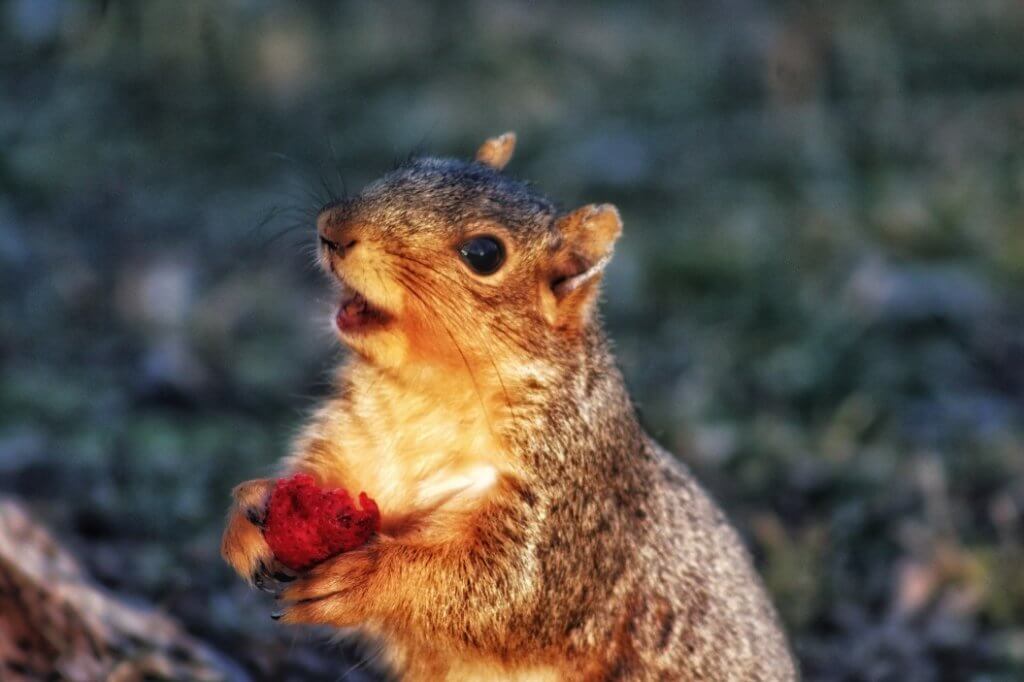Bat News Update October 2019
In recent news regarding bats in Maryland, things such as high-powered wind turbines and a cold-loving fungus, known as white nose syndrome, have been severely dwindling the populations throughout the state. White-nose syndrome has killed more than 5.7 million bats in the eastern United States since its appearance. In Maryland alone, there has been a 90-99% drop in bat populations and some caves were found to be completely bat-less.
In a more positive story about bats, one Maryland resident is advocating for the winged-creatures, and not just for use as Halloween decorations. She is attempting to highlight the important role that bats play in our environment by pollinating plants and helping to regenerate forests, such as after a wildfire in California. Since bats play such a vital role in our ecosystem, the Maryland resident is trying to do whatever she can to protect them and has even built a "bat house" on her property that can hold around 30-40 of the animals.
Learn more about bats here: Wildlife Control
Address: 5 Church Lane, Unit 102 Pikesville, MD 21208
Phone: 410-982-5050
A not-so happy Halloween for Maryland’s bat population
Halloween is known as one of the spookiest times of the year, filled with witches, ghosts, and scattering bats. But Maryland’s flapping, black creatures may be less prevalent this year, like years in the recent past.
From cold-loving fungus to high-powered wind turbines, Maryland’s bats have been getting annihilated.
Maryland’s bat population has been decimated by white-nose syndrome since its first documentation in Allegany County in 2010.
White-nose syndrome is a disease caused by a fungus that affects hibernating bats. The fungus grows on the bats, irritates them, and can wake them up during hibernation, said Dana Limpert, eastern regional ecologist at the Maryland Department of Natural Resources. Read more
Did you know Maryland has 10 species of native bats? Researchers at @UMCES_AL work to study some spooky diseases affecting these winged mammals. 🦇🦇 #BatWeek https://t.co/zg8z7wGPFn pic.twitter.com/MDilPNJ1zl
— UMCES (@UMCES) October 29, 2019
Summary: Maryland's bat population is taking a hit this year from things like flying into wind turbines and a cold-loving disease. White-nose syndrome has been on the rise in the last decade amongst bat populations and effects the hibernating animals.
Not just a ‘Halloween thing’ for advocate, who says bats benefit environment year-round
The winged creatures of the night that dominate Halloween decor every fall are celebrated by Taneytown resident and Bat Conservation International (BCI) advocate Jillian Childs all year long, and she wants more people to recognize the importance of this misunderstood mammal.
“I don’t think of them as a Halloween thing,” Childs said.
Not surprisingly, though, because of their association with Halloween, this is Bat Week, an annual celebration of the role bats play in nature. Read more
See Source Here: Maryland Bat News Update October 31, 2019
source https://ontheflypestsolutions.com/maryland-bat-news-update-october-31-2019/
